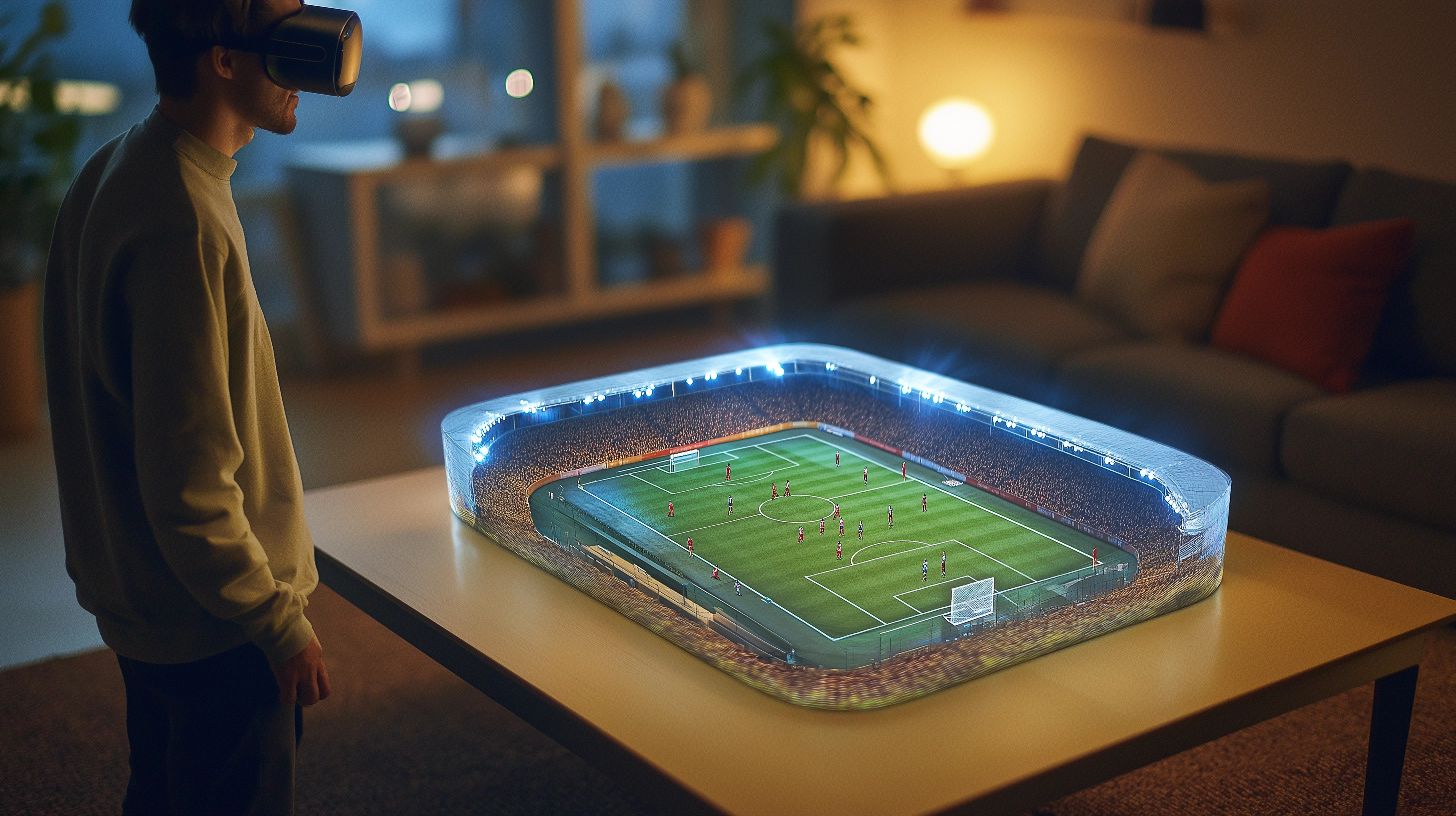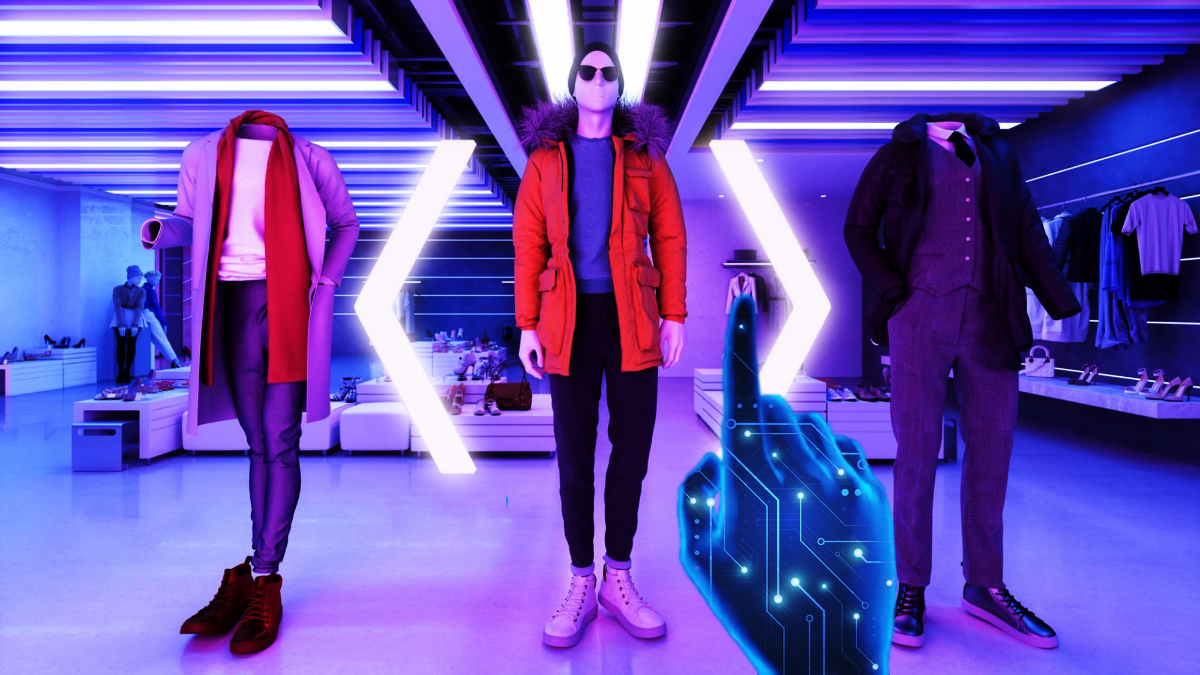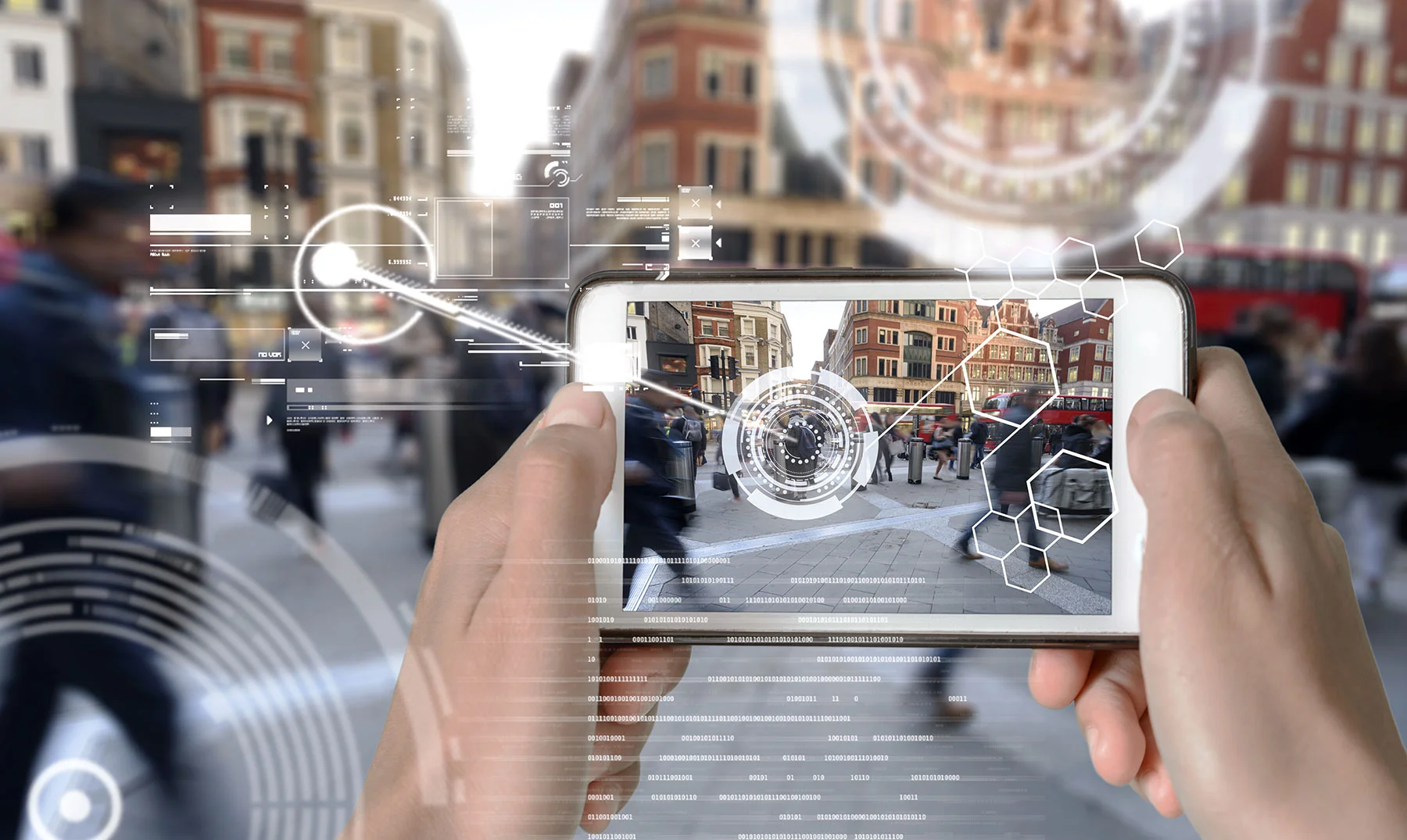360º Hyperexperience
In recent months we have been observing how virtual reality is establishing itself as the future of audiovisual consumption. It is being the substitute for the screen. The big companies are betting on it, creating their own devices, platforms, accessories, content... Beyond all this, perhaps as if to pave the way, some of these companies are also betting heavily on a tangential and at the same time basic aspect of virtual reality. We are talking about the 360 hyper-experience.
At the risk of getting technical, it can be said that the essence of virtual reality is the 360 hyper-experience technology (or vice versa). We live surrounded by the world in every direction. Wherever we look, we can see something. If we want to recreate that feeling, it is necessary to represent any type of content in the same way.
I have to design a virtual sphere, whose center is myself, in which to project the content. In this way, we achieve the immersion for which virtual reality is intended. As you can see, from this first step we obtain photographs and 360 video. This is what is commonly called 360 technology. On the other hand, if we use this result and complement it with immersive virtual reality devices, we enhance that sensation to the maximum, faithfully introducing us into the created world.
Virtual Reality
What I was getting at. Virtual reality devices are already slowly coming to market for the mass public. While it is true that for now they are merely strategies to get ahead of the big boys. They serve to analyze the first responses of potential users, what demand exists, what to do, what not to do...
It is expected that the pioneer and most resounding of the devices will hit the market later this year or early 2016. it is Oculus Rift. It can also be sensed, that the big companies that have already joined the race of virtual reality, will not take much longer, perhaps even go ahead. Ultimately, at the earliest, we'll have to wait until about 5 to 10 years from now to stop talking about virtual reality as a curiosity, as prototypes or looks good. And that's where Facebook and YouTube have managed to find the gap.
New technologies
Both the video platform and the social networking giant have somehow wanted to sneak into the number one spot for the latest technologies. In early March, Youtube announced the following: the ability to view 360 video on its portal. They can only be enjoyed with the Chrome browser and the quality of 360 video content is still memorable, but piano, piano. For its part, Facebook, a few days later, did the same. Today, they are the only two mass consumption platforms where you can watch 360 video beyond the minority communities of developers, technology fanatics or specialists.
In short, both YouTube and, above all, Facebook, believe that the future of audiovisual consumption and, therefore, of social relations, of the form of entertainment, of a myriad of areas, is not limited to a two-dimensional screen, nor to a bounded space and out of our minds. They are strongly committed to an immersive future, to the introduction of the user on the Internet. They want to eliminate the barriers between the digital and the real. To introduce us into the cloud. And first things first. Show the world 360 video technology to get them used to the future. The immersive future of virtual reality.
SIMILAR CONTENT












 RETURN
RETURN







